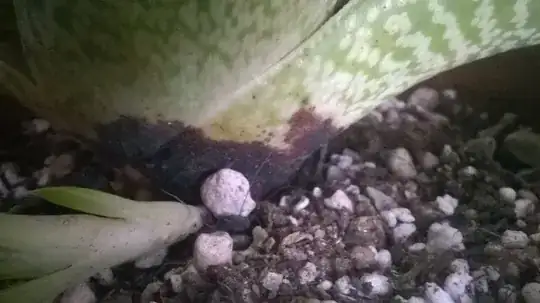So, first you need to know what the well can sustain for output. No point designing for 18 GPM if the well recharge rate is 15, 10, 5 or 1 GPM, unless you insert a huge storage tank. If it's more than about 1.5 GPM, you can get that much water in a week, but you'll have to store it somewhere unless you adapt to using it that slowly. If the well (not just pump) can put out 20 GPM or more, 18 is fine...
Where to get advice - agricultural extension (or local equivalent) would be one source of both direct help and referral to others who could help, depending on where you are located.
I'd put the first screen filter either before the pressure tank, or right after it. If you've got crud in the water, no reason to send it to your buildings and in-ground pipes.
As commented, your pipe size scheme reveals a lack of understanding. The largest diameter pipes go from your pressure tank to your future buildings and irrigation system, no matter how long or short they are. The long pipes for the irrigation get sized only as big as they need to be, since larger ones cost more. Size from the pressure tank outward stays the same, or reduces, it never goes up. 400 feet of pipe that gets only part of 6 GPM on part of the trees would be utterly pointless to run at 2". Given it's only part of the 6 GPM, 3/4" is probably plenty large for that. So, possibly 2" for the first manifold, 1.5" for the irrigation head trunk, certainly 1" is plenty to the tree valve box and 3/4" out of the tree valve Tee. For typical drip pressure requirements, 1.25" from the in-ground manifold to each valve box should be plenty, (4.1 PSI loss @ 17GPM for 150 feet .vs 1.7 PSI loss for 1.5" pipe there) MAYBE 1.5" for the blueberry valve as a long run at the most flow. Unless, of course, a lot of 1.5" pipe costs you less than an assortment of shorter pipe in multiple sizes (which can happen with 1000 foot .vs. 100/250 ft pricing. On poly coils, not PVC sticks, normally.)
Get used to thinking in terms of static and dynamic head (which relate to PSI as 1 PSI is 2.31 feet of head) and size your pipes based on expected flow and acceptable head loss, not just how long they are. How long they are goes into the TDH (total dynamic head - static + dynamic) calculator (there are many on the web, it beats doing the calculations by hand) when considering pipe sizes. 18 GPM in 500 feet of 1" plastic pipe is 103 foot of head loss. 1.25" drops that to 35, 1.5" drops it to 15, 2" takes it to 3.5 - 1.25" or 1.5" is probably big enough for that flow if your pump has adequate pressure to overcome 15 or 6 PSI of loss to friction in the pipe. So 2" might be overkill, at least after you have supplied your two additional buildings and gone to irrigation.
Running more than one zone (thus, 18 GPM at most) at once makes for a lot of extra cost and little if any benefit, given that your weekly irrigation rate is leaving the system idle more than 90% of the time at that rate. If the well only supports a lower rate, then you divide things up more to meet its rate, which has more cost in valves but allows even smaller piping without unacceptable losses. That's a lot cheaper than a huge tank or a new well.
I happen to be designing a much smaller system for a garden. I have made several choices to reduce the "gallons per minute" demand because that reduces the overall cost of the system if an automatic valve is running the water, and nobody has to stand around and wait for it to be done so they can shut it off. There is no "need for speed" since the piping can deliver far more water than the garden needs if it runs even 1/4 of the time.
Drip Irrigation Choice: For permanent crops, a durable drip line makes sense. For annual crops, many farms choose a lower cost drip tape with a relatively short life because they expect it to be damaged and simply budget for total replacement each year. In our garden project I choose to think we can be careful and work around (or move) more durable drip lines rather than use disposable ones. We don't have any hired help (or tractors) to not be careful of it, though.
If your pump supplies 18 GPM and 50-60 PSI at the same time, for both drip and "Wobbler" sprinklers you have a maximum pressure limit of 30 PSI, (some pressure compensating drip can go higher, but it all works at 30 PSI or below) and typical operating pressures down to 15 PSI, so there's a lot of headroom, allowing you to be less concerned about a little pressure loss in pipes. If the shed with the pressure tank is near the wellhead that's within 2 feet (less than 1 PSI) of being the highest point on the property, you'll also have static head adding pressure anytime the outlet of the pipe is below that point.
